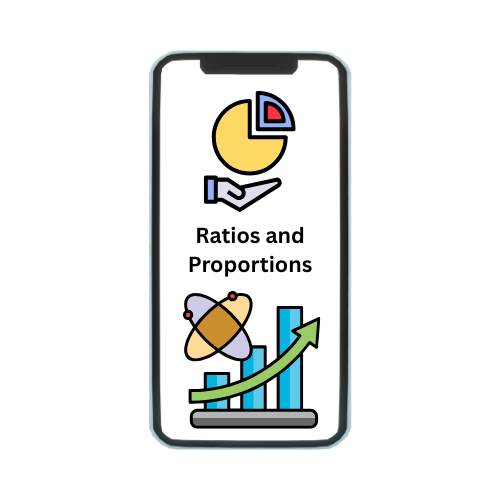Sampling errors occur when a sample selected from a population does not accurately represent the entire population, leading to discrepancies between the sample results and the actual population values. These errors can arise due to random chance, biases in sample selection, or an inadequate sample size. Sampling errors are inherent in all survey and research methods that rely on samples rather than complete data. They are different from non-sampling errors, which stem from issues like measurement inaccuracies or respondent biases. Reducing sampling errors typically involves increasing sample size or employing more robust sampling techniques.
Causes of Sampling Errors:
- Random Variation: The most common cause of sampling errors is random variation. Since a sample is just a portion of the population, it may not perfectly represent the entire group. Different samples from the same population can yield slightly different results due to chance.
- Sample Size: Smaller sample sizes are more prone to larger sampling errors. The larger the sample, the more likely it is to accurately represent the population and minimize errors. As sample size increases, the sampling error typically decreases.
- Improper Sampling Method: If the sample is not selected randomly, biases may occur that lead to systematic errors, though this is more related to non-sampling errors. Even within random sampling, poor techniques can still increase sampling errors.
- Heterogeneity of the Population: If the population is very diverse, a smaller sample may not capture all the variations within it. This can result in sampling errors because the sample may fail to represent some subgroups adequately.
Types of Sampling Errors:
- Standard Error of the Mean: This is a measure of the variability in sample means. It reflects how much sample means tend to vary from the population mean. It is calculated as the population’s standard deviation divided by the square root of the sample size. Smaller sample sizes lead to larger standard errors, meaning the sample mean is more likely to differ from the true population mean.
- Margin of Error: The margin of error reflects the range within which the true population parameter is expected to lie, considering sampling error. It is typically expressed as a percentage and is often used in polling data. A larger sample size generally leads to a smaller margin of error, as the sample more closely approximates the population.
- Sampling Distributions: Sampling errors can also be analyzed through the sampling distribution, which shows how different sample statistics (like the mean) vary across multiple samples from the same population. Sampling errors are evident when comparing the sample statistics with the population parameters.
Impact of Sampling Errors:
- Accuracy of Results: Sampling errors affect the accuracy of the sample’s estimates. For example, in a survey, sampling errors may lead to an inaccurate estimate of the population mean, which could lead to flawed conclusions or misguided decisions.
- Confidence Intervals: Sampling errors are often expressed in confidence intervals, which give a range of values where the true population parameter is likely to fall. A larger sampling error results in a wider confidence interval, meaning less precision in the estimate.
- Statistical Inference: When making inferences about a population based on sample data, sampling errors must be considered. Inappropriate interpretation of results due to these errors can lead to incorrect conclusions about the population.
Reducing Sampling Errors:
- Increase Sample Size: Larger samples tend to provide more accurate estimates, as they better reflect the diversity of the population. The more data points collected, the more likely the sample will approximate the population characteristics.
- Use Stratified Sampling: In cases where the population is heterogeneous, stratified sampling can reduce sampling errors by ensuring that each subgroup of the population is represented proportionally. This approach minimizes the risk of over- or under-representing certain characteristics.
- Use Random Sampling: Ensuring that each individual in the population has an equal chance of being selected for the sample reduces the likelihood of bias and helps control sampling errors. Random sampling methods, such as simple random sampling or systematic sampling, can help mitigate errors associated with non-random selection.
- Conduct Replication: Replicating studies or surveys with different samples from the same population can help reduce the uncertainty caused by sampling errors. This allows researchers to assess the consistency and reliability of their findings.
Difference Between Sampling Errors and Non-Sampling Errors:
- Sampling Errors are caused by the natural variability in selecting a sample from the population. They are inherent in any sampling process, even if conducted perfectly.
- Non-Sampling Errors are caused by other factors, such as incorrect data collection methods, measurement errors, respondent biases, or data processing mistakes. These errors can occur even with a perfect sample.
Conclusion:
Sampling errors are a natural part of working with samples rather than entire populations. Understanding and managing these errors is essential to producing accurate, reliable results in research, polling, and statistics. By using appropriate sampling techniques, increasing sample size, and calculating standard errors and confidence intervals, researchers can minimize the impact of sampling errors and ensure more accurate estimates of population parameters.






